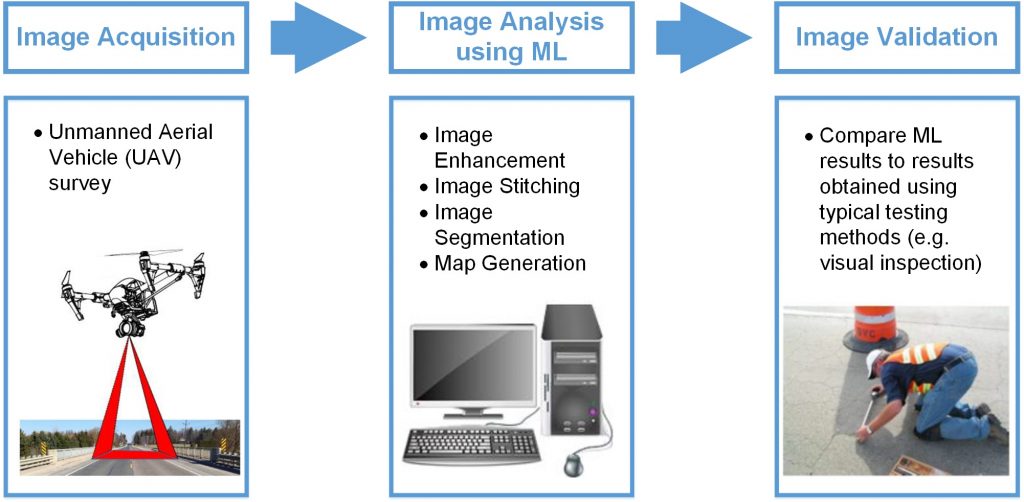Machine Learning: An Overview Pt.1
Machine learning (ML) is an emerging field that attracts a great amount of interest, but is not well understood. To improve this understanding, this blog post presents an overview of ML principles and applications in “FAQ” form.
What is machine learning?
ML is an application of artificial intelligence (AI) in which computers artificially “learn” and “problem solve” without being explicitly programmed to do so. The primary benefit of ML is to provide greater computational and predictive power. ML is able to process vast amounts of data without the risks of human error. ML can also make predictions on a scale that is difficult for humans to accomplish using conventional methods.
One example is IBM’s Watson for Oncology which uses ML to “study” a patient’s medical record. Based on a wide variety of background sources and medical records, the ML algorithm identifies key information for a physician to consider, and offers potential treatment options.
How does machine learning work?
ML “learns” by taking in large amounts of data and using algorithms to classify it, look for patterns, and find relationships. ML then applies this “knowledge” to tasks as directed by the user. Prediction is just one example of a task that a user could ask ML to carry out.
ML algorithms, which represent a process or a set of rules to follow, are highly flexible. This means that they can be applied to a wide variety of datasets, topics and problems. However, in order for the ML algorithm to provide sufficient user value, the algorithm may require more data or sources to “study”. This process can be iterative and time-consuming, which must be taken into account when considering the use of ML.
(Further reading: A Tour of Machine Learning Algorithms)
What are some examples of machine learning in practice?
Vehicle classification at toll gates:
- This example is an IBI Group project led by Michael Scinocca and the Systems Development team.
- At toll gates in India, an ML algorithm analyzes laser scanner and inductive loop data to classify vehicles by height, axle, and chassis characteristics to charge the correct vehicle toll.
- Compared to the previous classification method, ML improved toll assignment accuracy from 84% to 97%.
Detecting infrastructure defects based on drone footage:
- Drones capture thermal camera footage of concrete bridges. This is then input into an ML algorithm which is used to develop heat maps of subsurface delamination.
- Machine learning was found to be an efficient, non-destructive method for inspecting bridge decks.
- Further reading: Concrete Bridge Deck Maintenance

Click here to view larger image.
Analyzing traffic conditions based on drone footage:
- A mobile sensing platform is used to identify and classify vehicles captured by drone footage.
- Vehicle position, speed and acceleration are used to perform a wide variety of tasks related to traffic counts, travel time, speed, delay analysis, lane utilization, emissions, and more.
- At least 96% of vehicles are correctly identified and classified thanks to ML.
- Further reading: Data From Sky
Predicting the presence of cancerous cells using x-ray images:
- While low dose computed tomography (LDCT) and computed tomography (CT) scans provide more information than x-ray images, access to this technology is limited in rural areas.
- Machine learning was used to develop heat maps to screen chest x-rays for the presence of cancerous cells in the lungs.
- The algorithm was able to identify the presence of cancerous cells roughly 75% of the time.
Further reading: Automatic Lung Cancer Prediction from Chest X-ray Images Using Deep Learning Approach
What are some of the barriers to adopting machine learning?
As it is still an emerging field, caution must be taken when considering ML. Barriers to adoption include:
- Management of large quantities of data
- Unknown technological capabilities
- Potential impacts on employment
- Data privacy
- Deciding on the type of ML algorithm to be used
This article is based on the findings of “Machine Learning: An Overview“, an internal Pocket R&D report by Andrew Wong, Anthony Lui and Cameron Berko. Pocket R&D is IBI’s tactical micro-research initiative that taps into the knowledge of our talent pool to inform how we can define the cities of tomorrow.







